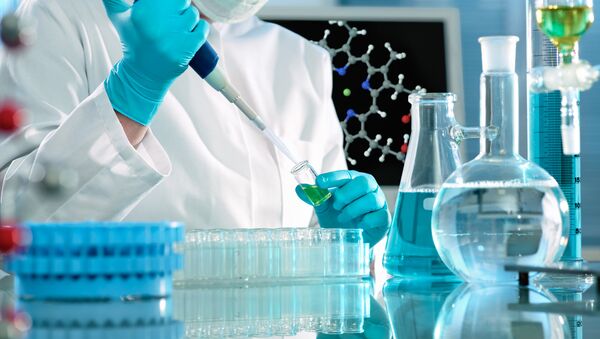TOKYO, April 1 (RIA Novosti) - A Japanese researcher partly falsified the data she used as the basis of a January article announcing a breakthrough in the production of stem cells, the scientific institute where she worked said Tuesday.
Scientists at the RIKEN Centre for Development Biology said that Haruka Obokata, the lead author of the paper published in January in Nature, had manipulated or falsified images of DNA fragments used in the research.
The results of the research had claimed that it is possible to turn normal cells into stem cells by exposing them to external stimuli. Previously it was thought the transformation was only possible through manipulation of a cell's genetic code.
The research was seen by the international scientific community as a possible groundbreaking medical advance, offering the hope of growing stem cell tissue to treat illnesses such as diabetes using a simple lab procedure. No other research had been able to show similar results.
Russian scientists have also been conducting stem cell research. For example, a research group led by V. Erohin, A. Tsyb and V. Chikanov has treated several patients diagnosed with multiple drug resistant tuberculosis with stem cell transplants. All patients showed improvements following the procedure.
Stem cell therapy has also been successfully used at the Medical Radiological Research Center of the Russian Academy of Medical Science and a number of cardiovascular research centers.

